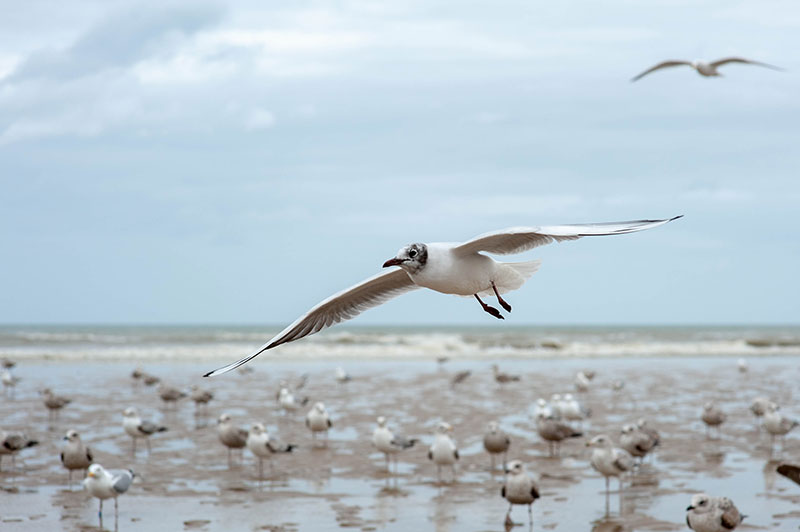I’m just back from a walk along the bluff overlooking the Pacific, my primary Nature source when home. A beautiful, mild sunny day. I decided a while ago to stop asking whether this or that instance of weather was a result of climate change. This is commonly done in the media where I read speculation about whether this hurricane, flood, drought, etc. was a result of climate change. The question is almost meaningless since everything to do with climate now happens within the context of growing anthropogenic disruption; in one fashion or another to one degree or another, weather events are associated with climate change, and as greenhouse gases steadily rise those fashions and degrees will grow more pronounced. Ironically, the effects are sometimes benign—as today’s mild day in January reflects—and sometimes catastrophic, as were the drought enabled wildfires of last year. This isn’t surprising; the climate experts predict and describe it; the future will be increasingly unstable. But for the climate change deniers a day like today makes it easier to disregard the full reality. If every day were miserable, radically different than the historical norm, would that convince them? Not many, I fear. Another irony lies in the fact that ample information about just about everything is now available at the movement of our fingers on keyboards—it should be a time when being well-informed is common, no one need persist in ignorance. And yet it seems a time when willful ignorance is epidemic. Large numbers want to believe what they want to believe and that’s the end of it. A sorrowful thing and waste of good minds.
The storm in the far ocean reaches that brought immense waves over much of last week have obviously abated as we are back to normal seas. Not normal is the sight of hundreds of gulls and other water birds gathered on the sandbar separating river from ocean. They’ve been there every day for a week or so. Has the period of winds wearied them, so they need more rest? Have there been more creatures they enjoy consuming near shore and they come to beach and sandbar for post-prandial relaxation? Does it have something to do with the coming breeding season, the present period devoted to finding mates in preparation? I don’t know but I do know how moving it is when hundreds of them rise at the same time and some circle and others move away but remain over the beach, sort of a sea gull mini colony. It shows dramatically that they are involved with each other in some manner, act in unison, and have mysterious shared purposes. Though it is never as populated, I have the same feeling of exaltation when a flock of pelicans flies past in formation. Nonhuman animals have their own thoughts and goals, and they reveal them more visibly in these seemingly spontaneous group excursions. Every creature has a life course whose biography, if known, could open our eyes in wonder.
Photo by Johanna Buguet on Unsplash


